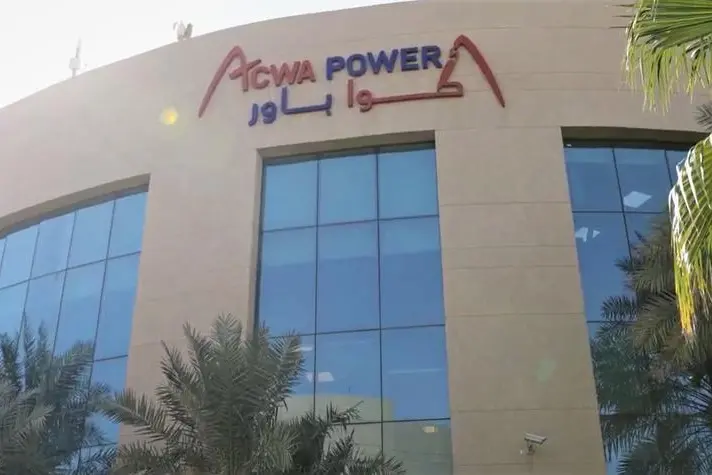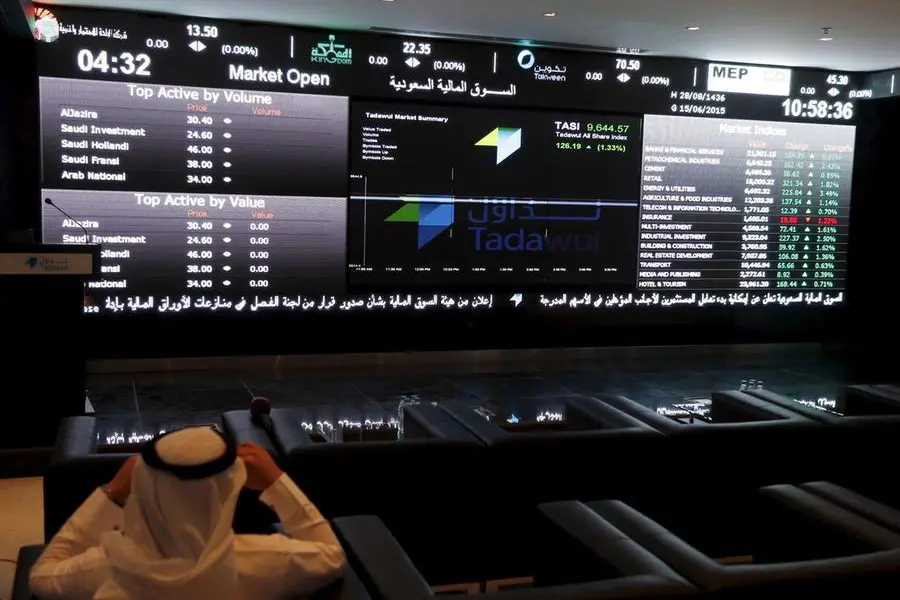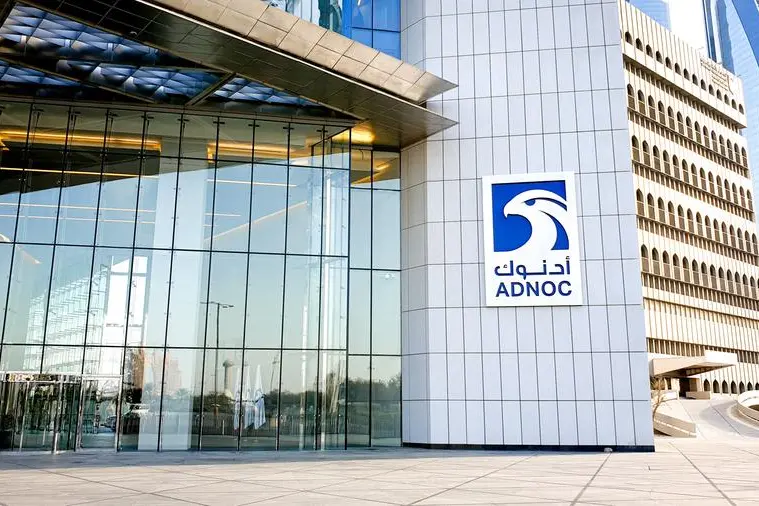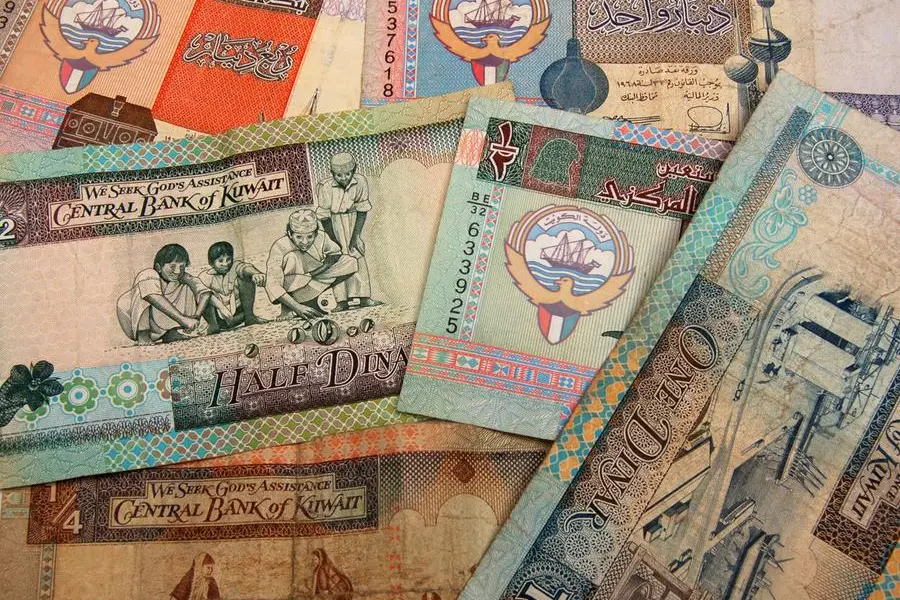The 7 M's of business failure and success in Pakistan's NBIFIs
By directing the flow of savings towards large corporations and enterprises, financial institutions are the key intermediaries in the economy of a country. This role materializes due to trust and confidence of the savers on the financial system. Thus when distrust arises, it shatters savers' confidence and leads to the financial crises that have brought loss for the institutions.
Islamic finance is at the dawn of its history and has shown enormous growth and development during the last two decades[SO1] . Despite challenges, if a financial system loses the trust of the people at its start, it has a higher probability of crafting change from its fiasco. Many writers, researchers and critics of Islamic finance gave their verdicts on the impracticality, uselessness and premature failure of the Islamic financial system. The causes given: slow growth and acceptance at its early stage, and the single digit share of the Islamic financial assets in the global assets pool.
In Pakistan, the process of Islamisation of the economy began in the early 80's with the concept of Mudaraba companies and Mudarabas [Non-Banking Islamic financial institutions (NBIFIs)]. As pioneering Islamic financial institutions, these institutions were introduced to undertake the business of Islamic finance within the parameters of Shariah. The concept and structure of the NBIFIs attracted the major business groups of the country. In its initial fifteen years, the Mudaraba sector recorded rapid growth, with the numbers of registered MMCs and publically floated Mudarabas reaching 51 and 50 respectively. It was peak time of the NBIFIs as assets grew to USD425 million and total profits touched to USD108 million.
Unfortunately, the NBIFI sector could not continue its growth for a longer period. Soon after 1996, the fall back of NBIFIs began and the country witnessed a large number of closures and mergers during the next fifteen years. Due to the age of modern Islamic finance, the failure of Islamic financial institutions left many of doubts and questions as to the future, viability and adoptability of Islamic finance.
To comprehend the future of Islamic finance, I collected the data of 50 Mudarabas (NBIFIs), and found that 24 closed or merged as of 30 June 2013. While studying the causes of showdowns I found some interesting answers. These causes of failure are critical for the students, investors, depositors, practitioners and regulators of the Islamic financial industry.
I found that out of 24 closed NBIFIs there were only eight entities which had failed in totality, while the others were merged with existing NBIFIs to create synergies or to save on heavy losses. However, I have categorized the causes of failure into seven M's (management, money, major defaults manipulation, mismatch, moral hazards and monitoring) which are discussed hereunder:
Why the Islamic financial institutions failed: the 7 M's of major causes
There are multiple factors which lead to the end of eight NBIFIs in Pakistan. A study of the failed NBIFIs reveals that there was no single overriding factor leading to their demise. However, some common and major causes are noticeable:
1- Management
It is imperative for the success of any business that the Board of Directors and senior management, who are entrusted to run the operations of the business, are competent. A competent management is expected to perform the following functions for the business, which were never addressed by the management of the failed NBIFIs:
a) Provide vision and prudent future planning
b) Implement proper risk management policies
c) Sincerely involve in major decision making
d) Ensure effective internal control and regulatory compliance
Thirty years ago, when these Pakistani NBIFIs were established, there was no fit and proper criterion for the directors and senior management, due in large part to the fact that most were headed by the close relatives of the sponsors.
2- Money
Lack of money and resources--in other words undercapitalization--was another cause of failure for these NBIFIs. In many cases, low capital base pours cold water on the investment and entities always remain at high risk of default.
There was no minimum capital requirement for the NBIFIs, thus soon after their start of business many faced the problem of sheer capital inadequacy. Increasing operational costs and losses made the NBIFIs unable to offset their future profits with the present losses. Hence they could not absorb even minor shocks and closed their operations.
3- Major Defaults
An 'Infected' or classified portfolio is a pool of investments and facilities questionably prepared to handle the full recovery of principal balances and accrued profit. The high risk facilities, which were extended by the incompetent management, prompted defaults and turned into huge bad portfolio. The management could not recover the amounts due to weak collateral and incapacity. They preferred to write them as bad debts and the resultant losses eroded their equity.
4- Manipulation
Internal controls are the methods and procedures adopted to safeguard business assets and ensure compliance and accuracy of data submitted to the management, stakeholders and the regulator. Weak internal control can never ensure a longer life to any organization; it ultimately opens path to fraud, forgeries and mismanagement of funds[SO1] . Most of the failed NBIFIs were operating without proper internal controls and risk management policies. The Chief Executive Officer is the single responsible person for running the show, yet in many cases he diverted the public money for his personal gains.
This 'one man show' proved perilous for the investors, as the bad managers tapped most of the public funds through high remuneration and lavish spending on frivolous activities.
5- Mismatches
When the bad portfolio of one highly leveraged institution increases, it ceases its ability to pay off its obligation at one end and affects the liquidity of the lending institution at the other end. Unorganized managers do not make any arrangements for liquidity mismatches, which leads to the bankruptcy of the institution. Lack of future planning or procedures for liquidity gaps resulted in borrowing at high cost at the time of need.
This exact scenario occurred with the unsuccessful NBIFIs. These NBIFIs faced liquidity problems and forcefully recalled the facilities, but the clients were not ready for this call and they ended up with defaults.
6- Moral Hazards - Frauds and Greed
Another major cause of the failure of the NBIFIs was the fraud, corruption and greed of the management, who intentionally deceived the Rabb-ul-Maal for personal gains. The management breached the trust of certificate holders, looting their money through illegal lending to their associated companies and businesses and violating the regulatory provisions. Consequently, most of the associates made willful defaults and the NBIFIs lost their total investments.
Management also showed inflated balance sheets by creating fictitious financial assets without any real economic activity. They deceived the certificate holders by transferring the real assets of the NBIFIs to their personal businesses. Their extreme greed and corruption made a mockery of standing ethical considerations, and finally such NBIFIs were wound up. But first, the certificate holders lost their money in these ventures.
7- Monitoring
Monitoring includes a close watch on business by the board of directors and the regulator of the entity. Though monitoring is very important to the success and failure of a financial institution, its requirement do vary.
Both excessive and minimal monitoring and regulations can be dangerous for a financial institution. In case of excessive monitoring, the financial institution loses its legitimate business due to disproportionate regulatory requirements. Yet in cases of insufficient monitoring, the management plays with public money by investing in high-risk ventures for personal gains, resulting in defaults and losses. We must admit that the weak regulatory framework of NBIFIs had also played a key role in some failure of the NBIFIs.
Was it a failure of Islamic Finance?
My study has shown that the above seven M's were the main factors contributing towards the failure of eight NBIFIs. I strongly believe that the seven M's, if not every influence, top of the list of factors that led to the failure of these financial institutions. Besides the seven M's, underlying causes include the ongoing need for research and development, as well as constant review of existing product lines and the introduction of new products. All these are also important factor for the promotion and growth of a financial institution. The failed NBIFIs, due to their incapacity, never changed themselves according to the needs of fast and ever changing Islamic financial market of the world. Also in addition to the seven M's, the Islamic financial industry of Pakistan was at evolving stage in 90's and the concept of IFIs and Islamic products was new to the people.
In conclusion, many entrepreneurs failed to correctly understand and implement the NBIFI's model and products. Further, many 0f these failed NBIFIs were actually the failure of the incompetent and corrupt management. The managers had not followed the principles of lending, turning portfolios into contagions and losing facilities to asset liability mismatches.
Finally, most of the failed NBIFIs were also undercapitalized, which weakened their shock absorbance capacity and lead to forced defaults and bankruptcies. Sufficient amounts of capital could have changed the fate of failed NBIFIs. Yet absence of risk management policies and weak internal controls, as well as weak regulations and non-existent Shariah compliance structures, were all also responsible for the defaults.
Yet a major external reason for the above failures was their investment in the listed securities that lost value in the stock exchange crash. The stock market performed very well until the year 1995, but in the next year lost 27 percent of its value due to political unrest and the discouraging economic outlook of the country.
In spite of all above, most of the national NBIFIs managed to survive and generate lucrative profits for their investors, which shows that it was not failure of the Islamic financial system rather a failure of the management. These IFIs are performing and growing day by day. The assets of NBIFIs have touched a high figure of USD300 million at the end of June 2013[SO2] . The dividend payout history is tremendous: 70 percent of NBIFIs pay annual dividends to their certificate holders, and some have a track record of over 20 years of continuous payment of dividend. We can hardly find any other sector in Pakistan with such a consistent payout to their shareholders.
The Islamic finance sector of Pakistan got the support of Islamic banking in 2001 with Islamic mutual funds, pension funds, takaful and sukuk following. Now, the Shariah-compliant assets of Pakistan have reached to USD11 billion.
The views and opinions expressed in this article are my own, and not that of my employer.
Mr. Imran Hussain Minhas is a Joint Director (Modarabas - Islamic Financial Institutions) at Securities and Exchange Commission of Pakistan. He is Masters in Finance, DAIBP, PGD in Cost and Management Accounting and Islamic Banking and Finance, Certified Islamic Microfinance Manager and Certified in Capital Market Regulations from United Nations Institute of Training and Research. He can be reached at hussain.minhas@gmail.com
© Business Islamica 2013




















